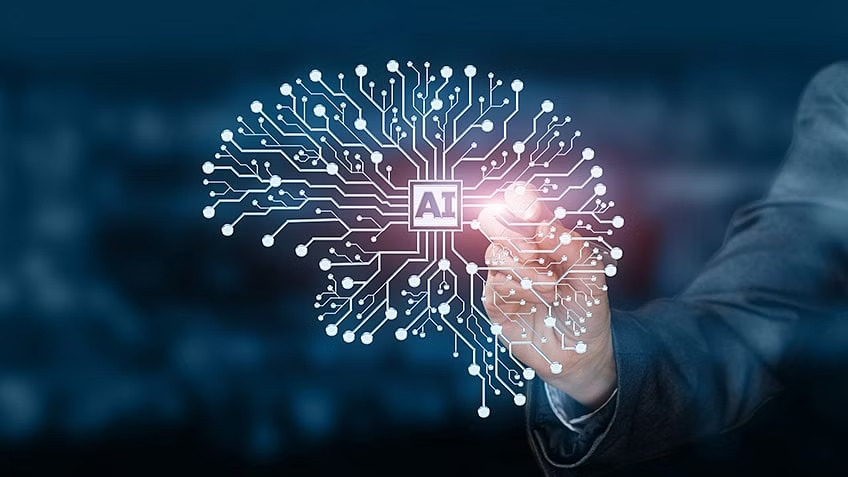The Role of Algorithm Complexity And Training Data Quality In Enhancing The Accuracy Of AI Detectors …C0NTINUE READING HERE >>>
Artificial intelligence has advanced a lot, and now there are tools i.e. Humanizer PRO that can write like humans. This makes it hard for AI detection tools to tell if a text is human-written or AI-generated. That’s why, average AI detectors work 70% to 90% accurately.
Why aren’t AI detectors 100% accurate, despite advancements in AI?
The algorithm’s quality, biased data, outdated technology, and lack of contextual understanding are the main reasons the AI detector suffers. These factors affect the AI detection score. This often results in false positives, where human-written content is mistakenly identified as AI-generated.
However, many AI detectors are sensitive enough and have smart algorithms. They can easily spot the points where you use any AI tool only to polish or refine your content. And tools like Originality.ai, with 90% accuracy in identifying content are more reliable.
But whether AI detectors are reliable or not is a never-ending debate. Let’s find out the limitations of AI detectors and the reason behind the variations in the accuracy of detectors.
The factors influencing AI detectors’ accuracy
1. How does it develop with the quality of training data?
These AI detectors rely on machine learning training models that are based on both human and AI-generated content. The more comprehensive the training data, the more accurate the AI detector becomes. Efficient training enables the detector to more easily identify the types of content.
This means that AI detectors struggle more to recognize whether the content is human-written or AI-written when the training data is poor or limited. It also leads to false positives or false negatives.
2. The more complex the algorithm the more accurate detector is.
It plays a crucial role in the reliability of a detector. AI detectors with more advanced algorithms work more accurately. They can analyze text, identify subtle patterns, and word usage, and handle all complexities more efficiently.
3. Ever-evolving AI technology
In this era of technology, AI evolves every second. So, It’s important to update the AI detector tools continuously to maintain their accuracy. There are many deep learning models that generate high-quality content similar to human writing. To make it possible to survive a SAI detector tool, it’s necessary to develop and update regularly. If it doesn’t do properly, it devalues the accuracy of the detector.
4. Incorrectly identifying a content
The biggest disadvantage you can face is False positives and false negatives. I know, that some writing styles sound like robotic, and some human writing and detectors are often measured by the rates of false positives and false negatives.
The balance is required to correctly identify a text. And it can only improve the accuracy of the tool.
5. Different styles and tones of content
Mostly tools fail only because they struggle to understand a context. It’s challenging but understanding a context is a main task that influences the accuracy of detector.
6. Tools which write like a human
There are many software which write like humans. It makes it nearly impossible for AI detectors to distinguish content whether it is human-written or AI. It affects the accuracy of the detector.
How do AI detectors detect AI?
Every detector is based on different datasets that’s why they work with different accuracy. It works to analyze the Ai generated spots within content.
AI detectors mostly look at two characteristics to work more efficiently; Perplexity (unpredictability) and Burstiness (variations in sentence structure and format). AI-generated content has low perplexity and bursitness. These characteristics help to analyze content correctly.
No more trouble finding a reliable AI-detecting tool!
As the use of AI for content generation becomes more popular, more AI detectors will emerge, making it harder to find a reliable tool that consistently produces accurate results. In some cases, content written entirely by humans is mistakenly labeled as AI-generated.
Solution?
Originlity.ai is good to go for you because it claims that it is trained well to detect AI content correctly.
>
